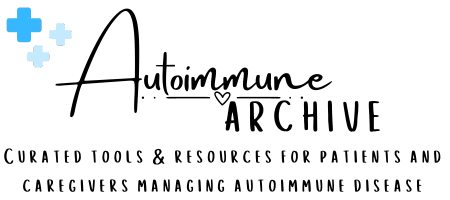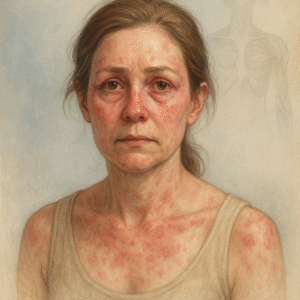Myositis refers to a group of rare autoimmune diseases characterized by chronic inflammation of the muscles. This inflammation leads to muscle weakness, fatigue, and sometimes pain. The main types include polymyositis, dermatomyositis, inclusion body myositis, and immune-mediated necrotizing myopathy. Each type has slightly different symptoms and underlying immune activity, but all involve the immune system mistakenly attacking muscle tissue.

